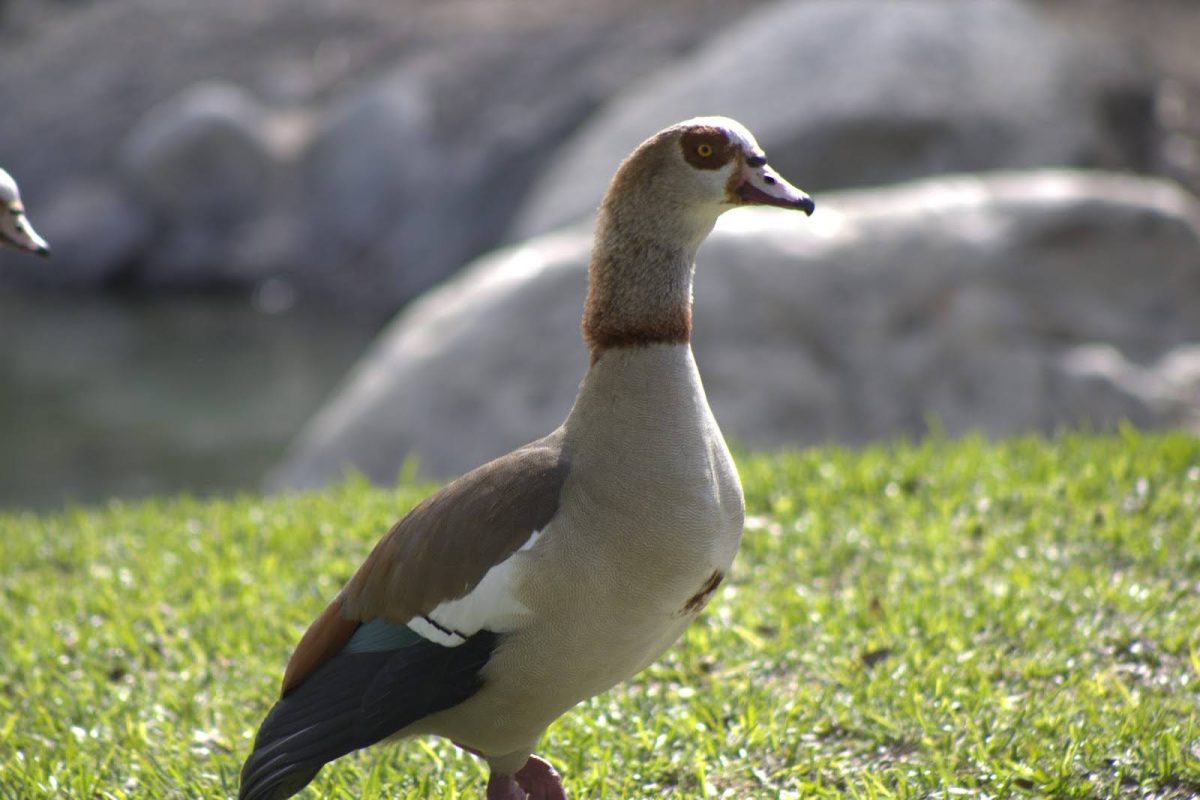Spring planting often requires careful planning, including finding a conducive environment for growth, planting the seeds during optimal climates and choosing the best strategies for tending to plants.
For a plant to grow strong and healthy, it requires specific conditions.
“It’s important to wait until it’s warm enough outside so the frost won’t hurt the new plants. Keep the ground moist, but not too wet and don’t let the plants get too crowded,” junior Mathew Chang said.
Mulch, made from wood, grass or leaves will help to keep the soil moist to provide a plant with the water and nutrients that it needs. The mulch will also help protect plants from weeds, but make sure that the mulch is not piled higher than two inches to not harm the plant.
Certain types of mulch including pine bark mulch are environmentally friendly because they are sustainable. Mulch also helps to protect the ecosystem of the area it covers; keeping it moist and weed free.
Also, for a plant to achieve optimal growth, it must be planted at the right time.
“Plants that are planted in the wrong season don’t grow as well, sometimes they don’t grow at all,” sophomore Megan Foust said. “It’s not always better to plant as soon as spring starts, it varies by plant.”
In addition to creating the perfect environment, a plant also needs to be planted correctly so it can grow. When starting from a seed, place it in a pot full of fertilized soil or a seed-starting mix. From there, seedlings will begin to appear and then it’s time to transfer them to larger pots or the ground so they can continue to grow.
“It usually takes at least a week for the seed to sprout,” Foust said. “Once the seed sprouts and needs more room, you can replant it into a bigger pot.”
According to the Washington Post, “[plant] containers must drain. Make sure the drainage holes are not blocked, and don’t put a saucer underneath.”
Additionally, when moving an indoor plant outdoors it must be conditioned. This means that the plant must get used to the outdoor weather. For a plant to be conditioned, it must be protected from weather like wind, rain and harsh sunlight for the first few days, otherwise it will not be able to acclimate to a new environment.
For plants in general the care instructions are fairly similar. Give them sunlight and water to allow them to grow and make flowers or fruit.
In addition to sunlight and water, each plant has its own needs. Radishes are a great plant for beginning gardeners and have a very simple care routine.
“Plant them in cool weather, in well-drained soil and keep the soil moist, but not soggy,” Chang said. “You’ll see radishes ready to harvest in just a few weeks.”
When watering radishes, the water should be around room temperature because if the water is too hot or too cold, the roots will be damaged.
Make sure to protect the radishes from pests or weeds so that they can grow big and taste delicious.
Cacti and other succulents are plants good for people new to gardening because they’re easy to take care of and require little maintenance. A succulent should be planted in a relatively warm environment, whether it be in a pot or in the ground. Succulents need to stay in a well-lit area and the adding fertilizer to the soil in the summer will help the succulent stay healthy. The soil the succulent is in should be full of nutrients and not too wet, usually watering them every other week will be enough.
Other good plants for the spring season include legumes, root vegetables, berries and leafy greens.








